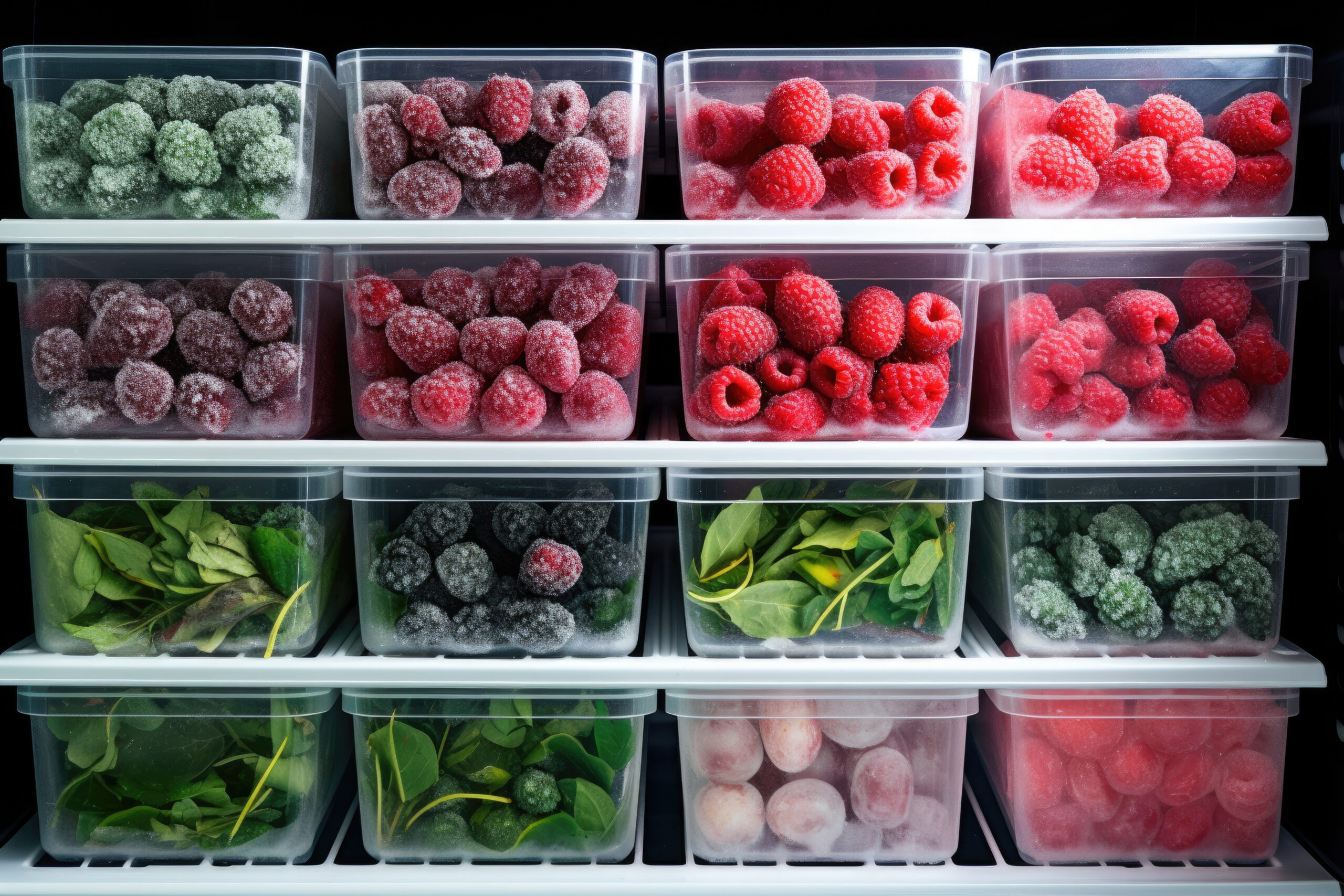
Is Freezing Just Freezing?
21.07.2025
Quick freezing versus home freezing
For many, stocking up on summer berries, herbs, and chanterelles in the freezer is a familiar and practical way to preserve the taste of summer for the darker months. It’s part of our nature-connected food culture.
Freezing is an effective method of preservation – but its impact on food depends greatly on how it’s done. Home freezing and industrial quick freezing produce quite different results.
What’s the difference between freezing and quick freezing?
The quality of freezing is influenced by temperature, speed, and uniformity. The biggest difference between a home freezer and industrial quick freezing lies in how fast the freezing occurs.
In a home freezer, the temperature drops slowly. Water inside the food freezes gradually, forming large ice crystals. Since water expands as it freezes, these crystals can rupture cells and fibers in the food. The result, when thawed, is the release of excess liquid and food that can become watery, mushy, or bland – especially with berries and tender vegetables.
In quick freezing, products are cooled rapidly – often within minutes at -30 to -40 °C. Evenly circulating cold air removes heat instantly, forming small, fine ice crystals that do not damage the cell structure. As a result, the texture, taste, shape, and nutritional value of the food are much better preserved.
How to freeze and store better at home
To maintain food quality as much as possible, you can significantly improve freezing results at home by following a few simple principles:
-
Chill food in the refrigerator before placing it in the freezerto avoid sudden temperature spikes and excess frost formation.
-
Freeze in small portions and, if possible, in a single layerso the cold spreads faster and more evenly.
-
Use airtight, well-sealed packagingto help preserve flavor and texture while reducing frost formation.
Once food is frozen, proper storage helps maintain its quality.:
-
Avoid frequent opening of the freezer door, as it causes temperature fluctuations and may create ice crystals.
-
Do not refreeze thawed food, as it damages texture and may also affect safety.
-
Keep older items at the front and use them firstto avoid exceeding their storage time.
Less waste, more possibilities
Freezing – especially quick freezing – helps reduce food waste and makes everyday cooking easier, regardless of the season. Frozen products are ready to use: no peeling, chopping, or cleaning, and they don’t spoil unexpectedly.
In the LaFroza online store, you’ll also find off-season, organic, and more unusual products that are often unavailable on store shelves. Berries, vegetables, and herbs are perfect for smoothies, soups, baked dishes, and more – all quickly and carefully frozen to retain their best qualities.
All freezing brings some changes – especially in water-rich and delicate products. Quick freezing minimizes these changes significantly, as only microscopic ice crystals form, which do not break cells or damage texture, leaving food far less watery.